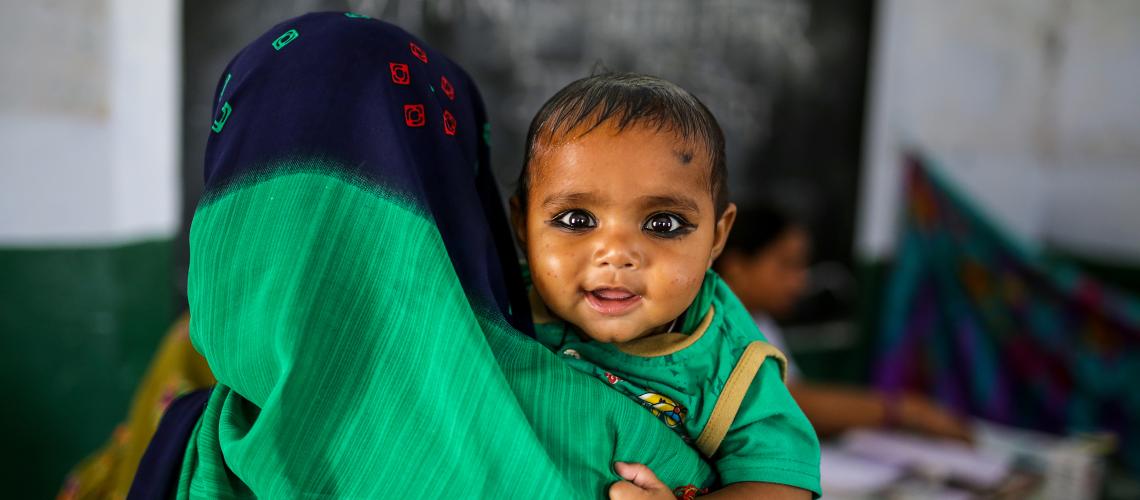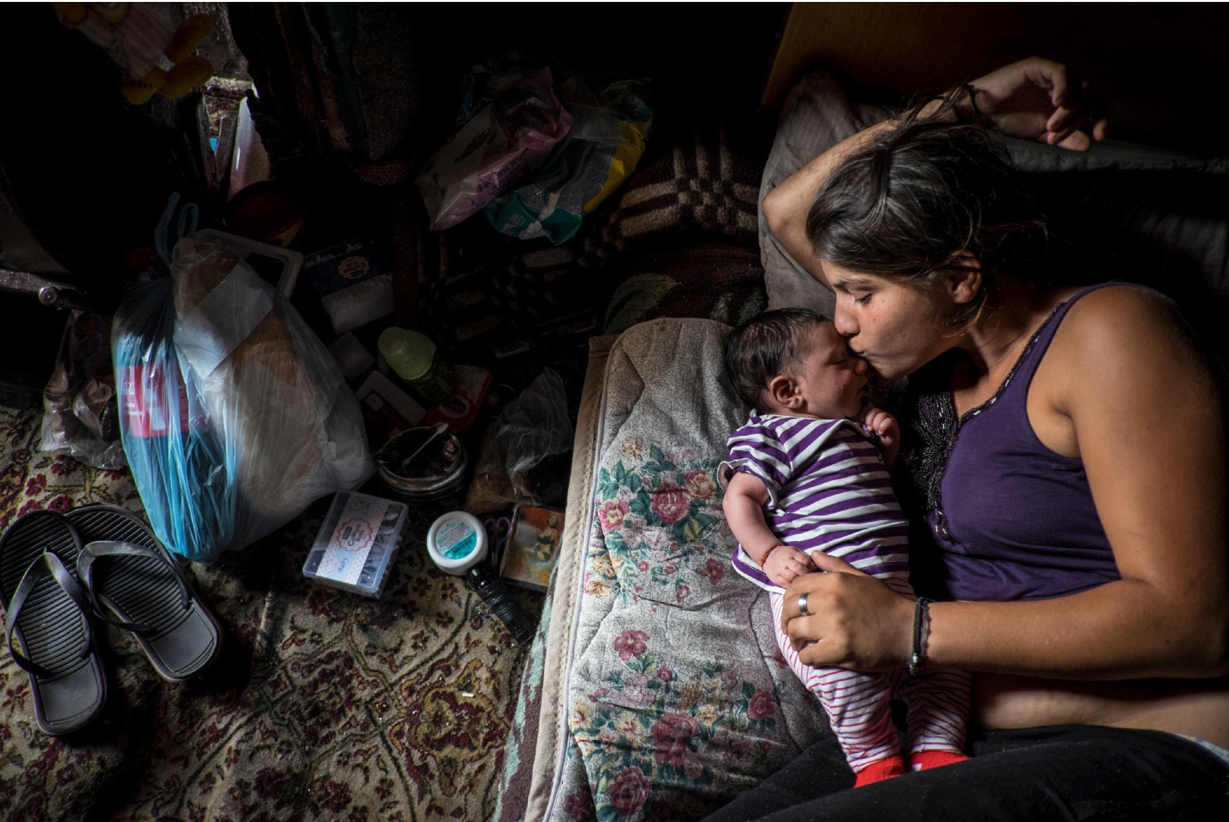
Do men and women need the same products in emergency relief stock? Do illiterate and literate people have the same access to emergency information?
Disasters do not affect everyone equally and people who are the most vulnerable are hit hardest when disaster strikes. Systems that have made them vulnerable and exposed them to greater dangers may exclude them from emergency and recovery assistance. For this reason, it is important that 'Leaving No One Behind' is a priority principle in the construction of policies, tools and methods to ensure equal access to even the most vulnerable, enabling them to cope with disaster risk.
This was the main topic of the 'Left Behind, Left Out, Left Unsafe' event, organised by the CADRI Partnership at the 6th Humanitarian Networks and Partnership Weeks (HNPW), which took place online from 19 April to 7 May.
The event was the first of a series of webinars and trainings dedicated to the launch of the CADRI digital tool for capacity diagnosis and planning. The CADRI digital tool helps identify integrated solutions to address climate and disaster risks and build synergies between humanitarian and development partners and their Disaster Risk Reduction and Climate Change Adaptation intervention.
The event was facilitated by Dr. Mary Picard, Senior expert Disaster Risk Reduction, Climate Change, Gender and Diversity and Sophie Baranes, CADRI Partnership Coordinator.
CADRI was presented as a global partnership providing capacity development services in disaster risk reduction and in climate change adaptation with 20 humanitarian and development partners.
“One of the objectives of the session was to “trigger a discussion on the change we want to make in our policies, tools and methods and programs, to effectively provide the people who are marginalized, the most vulnerable, with equal access to opportunities and services”
Sophie Baranes, CADRI Coordinator.
Another objective of the session was to find concrete ways to operationalize the Leaving No One Behind principle and how to design and implement disaster risk reduction interventions differently.
The event was divided into three parts. The first was a brief introduction of the CADRI Partnership, followed by the presentation of a scenario that helped open a discussion on how to integrate the LNOB principle into disaster risk reduction. Finally, the new CADRI tool was presented, which will allow its users to create risk reduction plans totally tailored to specific country characteristics. It has been demonstrated how the CADRI tool can help local governments to find the best solutions for supporting countries in developing strategies to reduce vulnerability to disasters and climate change.

Participants expressed their ideas on how to design a risk assessment project, how a government can develop a plan based on the Leave No One Behind principle, how to guide a public finance allocation on disaster risk reduction, and what local governments need in terms of training and monitoring mechanisms.
The event was attended by 43 people, including representatives from Human Initiative, UN Women, UNFPA, IOM and SaferGlobe, who stressed the importance of engaging with the community and their different needs, but also agreed on the lack of data to make assessments.
